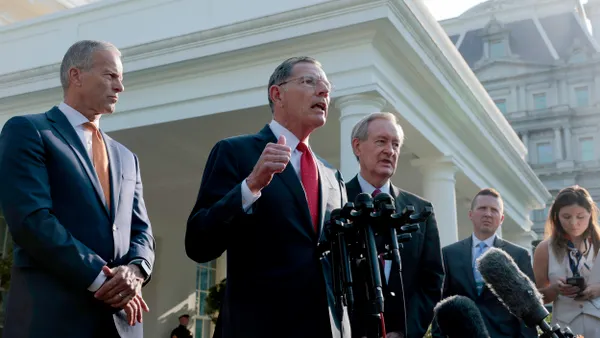Editor's Note: The following is a guest post from Eric Jensen, head of IoT Product Management at Canonical.
In farming, AI is usually short for "artificial insemination." But another kind of AI — artificial intelligence — is showing great promise in solving some of agriculture’s most significant challenges, from the need to increase productivity and profits to overcoming labor shortages to protecting the environment.
Of all the industries AI is transforming, it’s safe to say none will have a greater human impact than farming. According to the UN Food and Agriculture Organization, the global population is expected to rise from 7 billion to 9.2 billion by 2050, requiring a 60% increase in food production. However, traditional methods aren’t enough to deal with this increase. Farmers must find ways to do more with less.
And they must accomplish this despite pressures such as labor shortages, especially during busy seasonal periods, and the fact that crop revenues and yields have remained flat for 25 years while production costs keep going up.
On top of all that, at a time when the planet is under threat from climate change, farming is a huge consumer of energy and water and a major source of carbon dioxide emissions and soil erosion.
AI-driven technologies — built on algorithms that can analyze data and learn, adjust and improve over time, without human intervention — are starting to have a dramatic effect on an industry that has seen only incremental improvements over the last century and is in dire need of more sustainable models.
For example, AI can help smaller farms be more profitable by scrutinizing plant data to create a "profit map" that tells farmers the most efficient ways to use a field to maximize profit and yield. Each step — from knowing when to plant, to all aspects of crop care, to knowing when to harvest — can be automated.
The precision enabled by AI is an enormous boon to ecologically harmonious and sustainable farming. Farmers can know exactly what is the best crop for each area of the field and what to leave fallow or put to other use, such as beetle banks. Different crops could be planted alongside each other in the same field, and harvested at different times.
An ecosystem of startups is cropping up around the world to offer AI-powered tools to farms, such as the Small Robot Company of Britain, which believes robots are more precise and environmentally friendly than traditional tractor-based farming; Bowery Farming, which uses robotics to cultivate crops indoors; and CiBO Technologies, which uses data analytics, statistical modeling and AI to simulate agricultural conditions under different variables.
As The New York Times reported, academic institutions are also getting into the field, with Carnegie Mellon University developing small robots for a farm near its Pittsburgh campus to help create what the owner called a “boutique, cutting-edge farm, enabled by technology, that produces great food.”
Small Robot Company’s robots — named Tom, Dick and Harry — are able to care for crops autonomously, taking care of every individual plant. They feed and spray only the plants that need it, providing the perfect levels nutrients and support, with no waste. The robots are a low-carbon alternative to large tractors. And by punch-planting rather than plowing, the robots can radically reduce soil runoff and water pollution.
Another benefit of the robots is that, while humans have a restricted working day, these small machines can work all day, year-round. That means they can help pick up the slack when labor is short and also take menial, time-consuming tasks off farmers’ plates, freeing them for other work such as branding and marketing.
Small Robot Company’s robots, which use 90% less chemicals and 95% less energy than traditional methods, are part of a growing trend called farming-as-a-service (FaaS). These farm management solutions emphasize data-driven decisions to boost productivity and efficiency. FaaS converts fixed upfront costs into variable ongoing costs for farmers, thus making the techniques more affordable for most small farmers.
In light of the mega-trends that farming faces — ever more mouths to feed as the population grows, the need to safeguard farming as a viable business and necessary sensitivity to the planet’s plight — agriculture is in need of a technological revolution. Thanks to a bumper crop of AI innovation, that revolution is under way.









